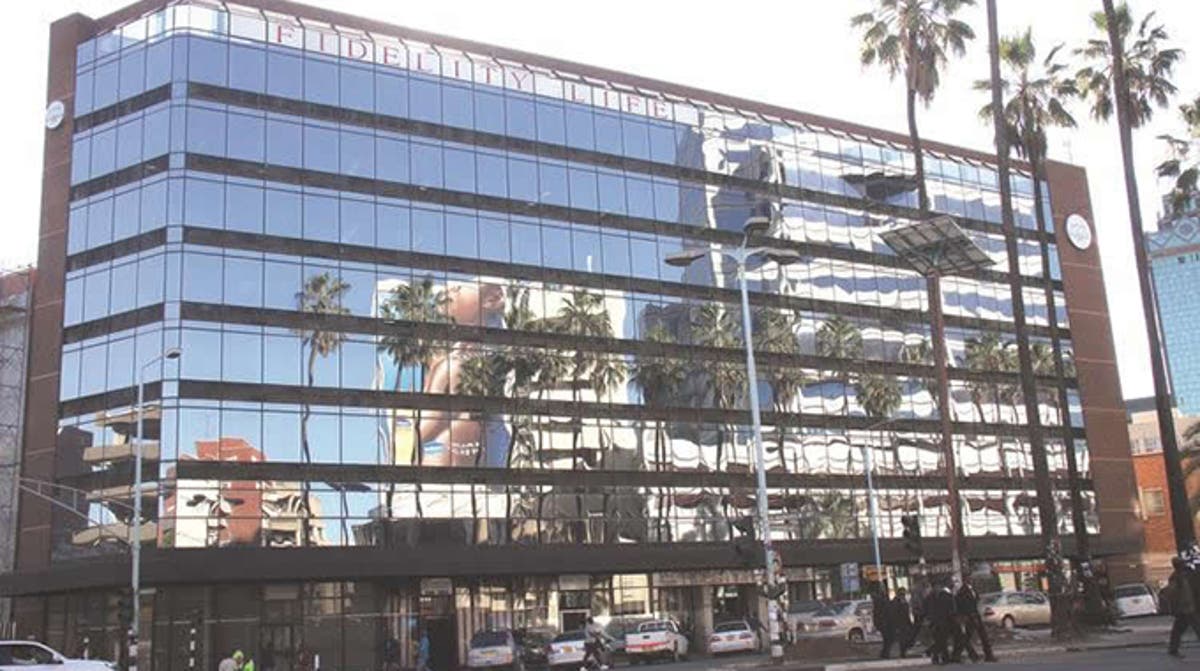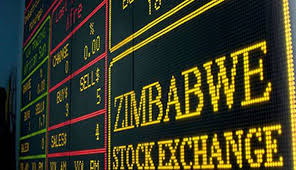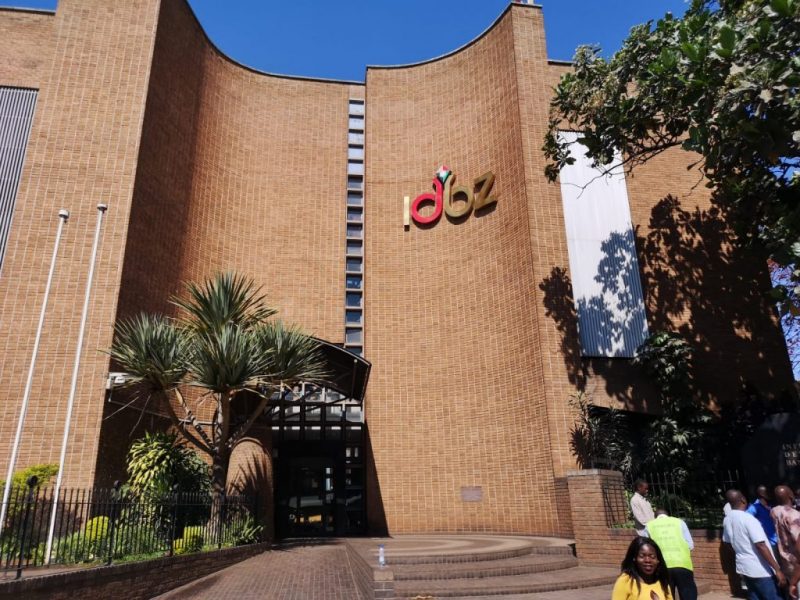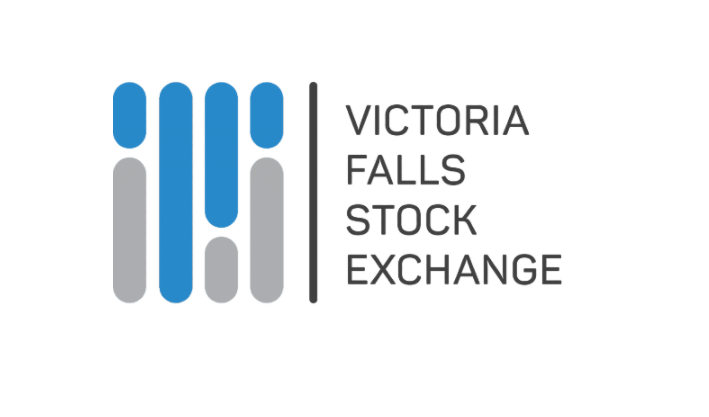VFEX climbs amid ZSE’s mixed performance in March
Zimbabwe’s capital markets presented a mixed picture in March with the Victoria Falls Stock Exchange (VFEX) maintaining its upward trajectory, while the Zimbabwe Stock Exchange (ZSE) experienced mixed results characterised by weakening real-term performance and reduced activity.
The VFEX saw a significant rebound in market sentiment during March. Market capitalisation increased by 7.41 percent from February, closing at US$1.40 billion. The VFEX All Share Index also climbed by 3.98 percent to finish at 110.32 points, building on the gains from the previous month.
Padenga Holdings was the top performer, rallying by 17 percent following its announcement of a strategic acquisition of the remaining 49.9 percent of Dallaglio’s issued shares through a share swap deal. The market reacted favourably to this consolidation, perceiving it as a value-enhancing transaction.
First Capital Bank and Innscor recorded gains of 11.13 percent and 8.81 percent, respectively. In contrast, Zimplow was the notable underperformer, losing 21 percent of its value.
Despite the positive price movement, trading activity on the VFEX decreased considerably. Volumes plummeted by 98 percent to 26.72 million shares, and turnover declined by 99.99 percent to just US$2.53 million. This decrease reflects a normalisation of activity after the substantial First Capital Bank block trade in February, which had inflated the previous month’s figures.
Foreign investor participation remained relatively low, with foreign purchases totalling US$12 811.99 and sales reaching US$891 133.20.
Nevertheless, the pipeline for future listings on the VFEX remains robust, even after the delisting of National Foods in February. Investor confidence appears to be supported by stable pricing and the continued attractiveness of hard currency-based counters.
IH Securities commented in their market analysis: “Forward-looking, as pricing on the bourse has remained stable. For April, we anticipate activity will be supported by dividend reinvestments from the recently released December year-ends. In the absence of capital appreciation, this propels us towards defensive stocks with strong dividend policies.”
Meanwhile, the ZSE showed modest gains in local currency terms but experienced losses in real terms due to exchange rate fluctuations. Market capitalisation on the ZSE rose by 1.83 percent month-on-month to ZiG 63.13 billion. However, when converted to USD, the value decreased by 3.44 percent to US$1.7 billion.
Index performance on the ZSE was also varied. The All Share Index slightly increased to 205.25 from February, while the Top Ten Index declined by 2 percent to 200.55. The Mining Index also weakened, falling from 193.56 in February to 180.43 in March.
Top performers on the ZSE included Nampak, TSL, and Willdale, which gained 107 percent, 42 percent, and 32 percent, respectively. Mashonaland Holdings was the worst performer, losing 24 percent of its market value.
Trading activity on the ZSE was generally lower compared to February. Monthly trading volumes dropped by 52.9 percent to 92.89 million shares, with Star Africa accounting for over half of the total volume at 47.76 million shares. Econet and Delta followed with 18.71 million and 9.18 million shares traded, respectively.
Turnover followed a similar trend. In nominal terms, the average daily value traded decreased by 56.13 percent to ZiG11.6 million. In real USD terms, turnover more than halved, falling from US$15.03 million in February to US$6.97 million in March. Delta and Econet remained the value leaders on the exchange, continuing to attract sustained investor interest.
Foreign investor flows also decreased, with foreign purchases totalling ZWG 6.65 million and sales reaching ZWG9.04 million. Share volumes bought and sold by foreigners stood at 494 100 and 1.65 million, respectively, a significant decrease from February’s foreign trade activity.
IH Securities further noted: “In our view, the performance of the ZSE still heavily depends on money supply dynamics. Given the volatile policy environment, we favour agile companies that can navigate the current environment, and in the absence of capital gains, those that are consistent dividend payers.”
The contrasting performances of the ZSE and VFEX in March highlight the differing investor preferences and liquidity conditions across the two platforms. While the VFEX continues to attract interest due to its hard currency dynamics and relative price stability, the ZSE remains susceptible to currency depreciation and policy uncertainty.
However, dividend-paying counters remain a common point of interest for investors navigating these challenging market conditions.-herald










